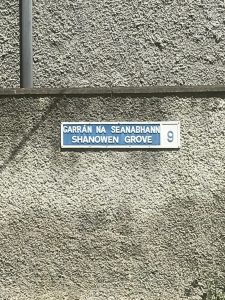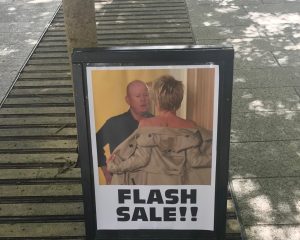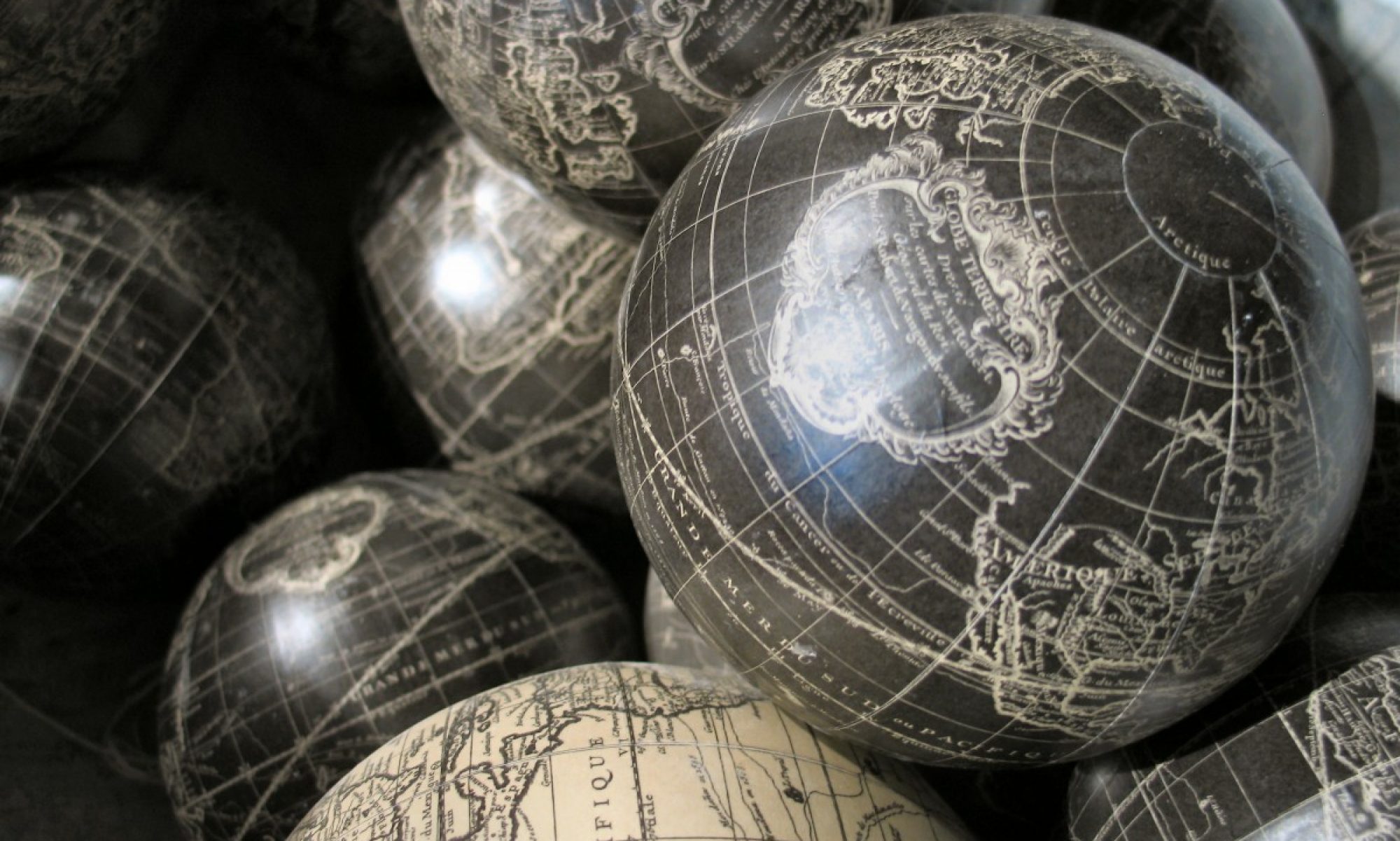The island of Ireland has been inhabited for over 8,000 years, and with that time comes rich history and thriving culture, but also war, destruction, and oppression. As England’s grip over the world strengthened, the Irish Resistance fought for their freedom from their hand. To combat this, the English sought to win the battle through oppressing the one thing that made them truly different: their culture. According to Leeman and Modan, “Material realizations of language are strategic tools that are wielded in local politics, power struggles, and competing claims to space” (p.332), and that’s exactly what the English did. For years, the Irish were not allowed to speak their language or play Gaelic games in public, in fear of British authority. However, in 1922 Ireland became an independent state, free of tyranny, oppression, and free to be themselves. This long period of oppression can still be seen all over Ireland in various forms. For example, Gaelic games such as hurling, Gaelic football, and handball are extremely popular and Gaelic clubs work without a profit to bring these longstanding aspects of their culture to the forefront of the Irish upbringing. However, the use of the Irish language, Gaeilge, is much more interesting.
While the physical landscape of Ireland is undoubtedly one of the most beautiful scenes of rolling hills and greenery on this planet, the linguistic landscape of Ireland is also dazzling. “[Emphasizing] the importance of sociohistorical context”, the linguistic landscape or Ireland is prevalent the moment you step into the public sphere. Ireland has two national languages, and their usage is connected, but very separate. Gaeilge is used almost exclusively in the public sphere; it is seen on street signs as shown below, and in public transportation announcements and schedules. However, it is always accompanied by an English translation. Once out of the public sphere, for example exiting the bus, almost everything you see will be in English. I have found people speak English exclusively, although everyone raised in Ireland learned both of their languages in primary school. Gaeilge’s usage in the public sphere sheds light onto the importance of keeping a culture alive through thick and thin: the recipe for a flourishing and long-lasting nation. For Leeman and Modan, “having one’s own language enshrined on most… government signs should contribute to the feeling that the in-group language has value and status relative to other languages (p. 334). The Irish government has taken a public stance on the importance of learning these languages, and the public does their part with their enthusiasm and wide-spread participation in the Gaelic games, furthering the traditions of their ancestors.

Earlier this week, I went on a work trip to Southern Ireland to a small city called Waterford. There, I was tasked with handing our promotional flyers for a car park nearby. This was the first time I had been to a large(ish) city outside of Dublin, and I was excited to experience the change in scenery and use in language. I was not let down. There, along with the nationwide use of the Irish languages, I found a interesting use of English. More than a 2 hour trip through the rural part of the nation brought a sort of disconnect with other areas of the country. I found advertisements took a crude turn common in stereotypical rural areas. As shown below, this advertisement for a flash sale depicts a woman “flashing” a man.

Now I will admit, this may not be the most 21st-century advertisement, however, it certainly did grab my attention. Even in a place so similar to the capital, in public use of the Irish languages and in accent and visible culture, I still found differing nuances in the linguistic landscape no matter where I went, and will continue to do so for the remainder of my time here.
